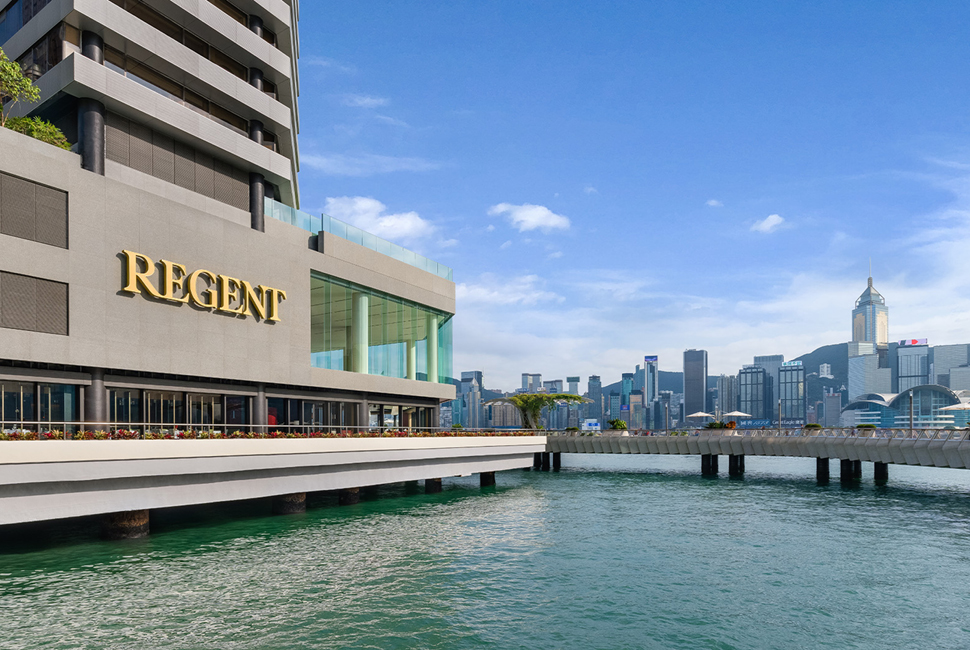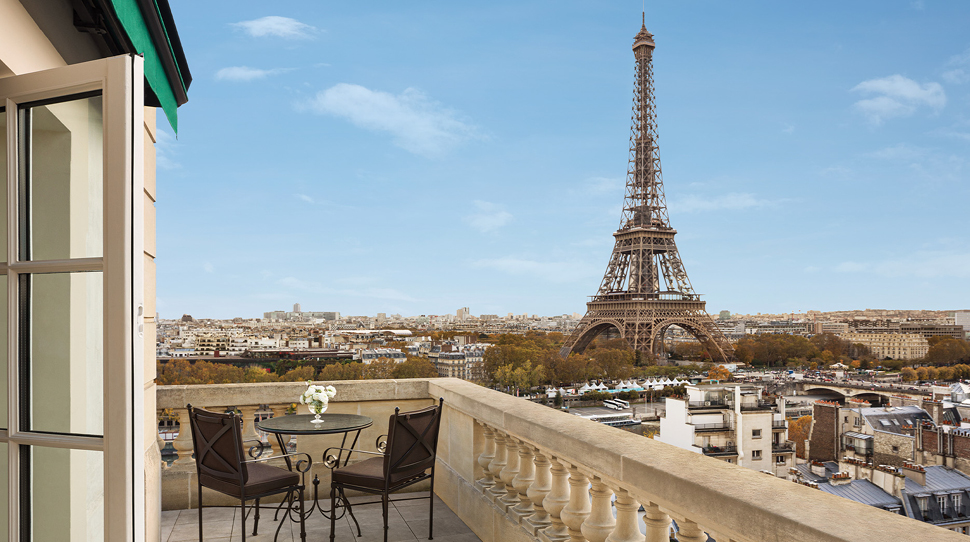
When Curtis Stone isn’t in the kitchen at his restaurants Maude and Gwen in L.A. or Woodend in Forbes Travel Guide Five-Star Maroma, A Belmond Hotel, Riviera Maya in Mexico, the celebrity chef traverses the globe seeking culinary inspiration for his TV show Field Trip with Curtis Stone.
You can see his food-filled adventures when the third season premieres July 2 on Peacock. But you can also get a taste of it with a new Hong Kong episode — Field Trip’s first Asian destination — that’s already streaming on PBS. “This is one of the most fascinating places in the world to eat,” he said during the hourlong special.
We talked to the genial Australian chef about eating his way through Hong Kong, where he’s traveling next and why he only packs dirty laundry in his carry-on.

Why did you decide to go to Hong Kong for your first Field Trip episode in Asia?
I’ve been to Hong Kong before and I couldn’t wait to return. There is so much history there and an incredible confluence of the old and the new.
What do you like to eat when you’re in Hong Kong?
Everything and anything. I lean into finding ingredients and dishes I can’t get anywhere else. Regional dishes are also key to my choices. Some highlights for me were learning the centuries-old technique for making tofu at Kung Wo Beancurd Factory and trying the sweet version, which I had never tasted; watching chef Vicky Cheng of Vea rehydrate the dried seafood we purchased on Des Voeux Road West and use French technique to make a Michelin-starred dish; and the Ping Yuen chicken prepared by chef David Lai at his restaurant, Neighborhood.
What inspired you about Hong Kong’s culinary scene?
The diversity of the culinary scene is so inspirational. Eating dim sum in a local spot, frog legs at a hot pot joint, street food and then, Michelin restaurants. There is something for everyone.
I’d love to get to a few more fine dining restaurants on my next trip. The Chairman and Wing, Vicky Cheng’s other restaurant, were just included on the World’s 50 Best list, and I’d like to check them off.
We traveled in April, and I’d plan my next trip in another season to experience different ingredients. Hong Kong’s Wine and Dine Festival is scheduled for October. It’s an epic culinary showcase for all epicureans to experience and enjoy Hong Kong’s amazing food scene during one event.

What’s one dish from the episode that you still think about?
ArChan Chan of Ho Lee Fook restaurant took me to a neighborhood dim sum spot that she frequents on her days off. The dim sum master at Saam Hui Yaat has been creating the perfect har gao [shrimp dumplings] for the past 40 years. He is literally tucked away in this room folding hundreds of these snacks a day. ArChan showed such deference for his craft as well. It was wonderful to see the respect shown to an older generation in the kitchen.
What surprised you about Hong Kong’s dining scene?
As I was saying, I was pleasantly surprised about the generational component of the culinary scene. We met a few people who had other careers before returning to Hong Kong to support the family business. Renee So left a career in finance to support her father in growing his tofu business. She used her real-world savvy to expand operations at Kung Wo Beancurd Factory and hasn’t looked back.
Mr. Lee is making shrimp paste with his father. They are one of two makers on Tai O baking these bricks of paste in the sun. It’s an ingredient essential to Cantonese cooking, and it’s a dying art.

Aside from eating, what else did you enjoy doing in Hong Kong?
I really enjoyed my time in Tai O, the fishing village on Lantau Island. It was like nothing I had ever experienced before and felt like being on a movie set. People living in stilted houses, fishermen selling their catch from their boats, women hanging laundry from balconies and men slamming mah-jongg tiles. It’s a life completely reliant on the water.
It was the first location we shot during this episode. We walked the streets on our way to meet the shrimp paste maker and by happenstance met Po Po, a woman in her 80s who was separating the whites and yolks from duck eggs and curing them in the sun. I pulled up a stool and she schooled me — that was all organic and just an incredible experience for me.
We also visited the Sai Kung peninsula with its live seafood markets and waterfront restaurants. I just wasn’t aware of all the nature in Hong Kong. Many of us think of the skyscrapers, neon and bustling city life, and of course, there is the shopping and museums. But nature is, quite honestly, in its backyard.
Where are you traveling next?
I had some business in Amsterdam and, since [my sons] are on break, we spent some time there this summer, with a pit stop in Paris — my oldest wanted to see the Eiffel Tower. Then, we are off to Sweden for a spell.

Do you have a wellness routine while traveling?
Walking more than anything else. Seeing a city on foot, even with an incredible underground, is the way to go. It also makes me feel a bit like a local and you find more hole-in-the-wall and hidden spots when you’re not zooming past them in a taxi or an Uber.
What do you pack on your carry-on?
Dirty clothes. I know it sounds insane, but I travel so often and prefer to only take a carry-on to hustle through the airport and avoid lines. My trick is to take clothes that I don’t need to worry about getting crumpled and wrinkled and have everything laundered and pressed at the hotel when I get to my destination. Obviously, that’s not something I do when I’m with my family, but it is kind of genius for business travel.
What are you working on next?
I’m hoping to get back to Australia soon and shoot more there. It’s always been a mission of mine to expose people to my roots and have them get to Oz to travel. There are parts even I haven’t been to yet. It’s such a rich culture and vast area to explore.





















